Sentry meters, to detect water leaks in the network
Focus
Focus
Category Facet
Custom Facet
Search Results
-
Web Content Article · By Giulia Lo Faro On Nov 7, 2025 11:57 AM
Technological solutions that leverage artificial intelligence, data analytics and remote monitoring systems to make our distribution infrastructure more efficient and safer.
Innovation Categories: Remote Control AI & Process automation -
Web Content Article · By Antonio Filippone On Jul 21, 2025 4:03 PM
Expanding fibre coverage in industrial areas and boosting data centre services: a growing offering for businesses and individuals.
Categoria Progetto: Innovation Innovation Categories: Remote Control
Asset Publisher
A revolution rooted in the circular economy: thanks to separate waste collection, organic waste is fed into an anaerobic digestion process to produce biogas.
Biomethane: a clean resource of biological origin
So, what makes this source of methane “bio”? Quite simply, it’s how it is produced: not by drilling into deep underground deposits, but by fermenting organic waste in dedicated facilities. Biomethane can be produced continuously, it is inexhaustible, and production can be increased simply by building more plants. This makes it one of the clearest examples of a circular economy.
In Spilamberto, a biodigester converted into a biomethane plant
An innovative plant for the production of biomethane is in operation in Spilamberto, in the province of Modena. It was developed by the NewCo Biorg, a joint venture between the Hera Group and Inalca (Cremonini Group), through a total investment of around €28 million and the use of the best available technologies.
Starting from separately collected organic waste and agri-food effluents, the plant – the result of converting an old biodigester – produces, at full capacity, 3.7 million cubic metres of biomethane per year, a 100% renewable fuel intended for transport, and around 18,000 tonnes of compost.
A cutting-edge plant for the energy transition and the circular economy
The 100% renewable natural gas is produced through anaerobic digestion of organic waste from separate collection carried out mainly in Modena and the province, along with waste from local agri-food processing and meat production by Inalca. Once refined, it becomes biomethane and can be fed into the gas network.
Significant environmental benefits: around 7,000 tonnes of CO₂ avoided
Thanks to the injection of biomethane into the network and its use in transport, significant environmental benefits are expected. Every year, around 3,000 tonnes of oil equivalent (TOE) in fossil fuels are saved, and approximately 7,000 tonnes of CO₂ emissions are avoided. Absorbing such an amount of CO₂ would require, on average, 280,000 trees.
What happens in our plant in Sant'Agata
Organic waste, collected through separate waste collection, undergoes anaerobic digestion to produce biogas. This is how the process works: the waste is shredded and screened, then remains for about 21 days in four horizontal digesters, where suitable microorganisms carry out the digestion process and produce biogas (composed of methane and carbon dioxide). After this, the biogas undergoes an upgrading, or purification, phase using pressurised water: the carbon dioxide dissolves and separates from the methane. The result is biomethane, a gas with a methane content above 95%, and a completely renewable source of energy. Not only that: at the end of the digestion process, lignocellulosic material is added to the outgoing solid fraction, producing a compact mass that then undergoes composting to create high-quality compost, which can be used as potting soil or agricultural fertiliser.
Biomethane is therefore another revolution rooted in the circular economy, one that we at Hera Group are committed to advancing. We do all this with the goal of creating shared value, as Andrea Ramonda, CEO of Herambiente, emphasises: “The direction we have taken looks towards the industrial sector with an increasing focus to creating shared value and partnerships. We are aware that sustainable waste management, focused on recovery and in full compliance with regulations, is essential in today’s world and generates benefits for the entire community.”
Working together for a circular city
At Hera Group, we have joined forces with Bologna Airport and Tper to launch a circular economy project that contributes to decarbonising urban mobility and improving air quality.
What does this partnership involve? The Airport delivers its organic waste to Hera, which collects it at the Sant'Agata Bolognese plant together with similar waste produced by citizens and transforms it into biomethane that Tper purchases to feed the fuel tanks of a significant part of its bus fleet.
This is an important step forward for our Group and for two major organisations in our area, which, like us, serve hundreds of thousands of people. We share a commitment to improvement and sustainability, in line with the UN 2030 Agenda.

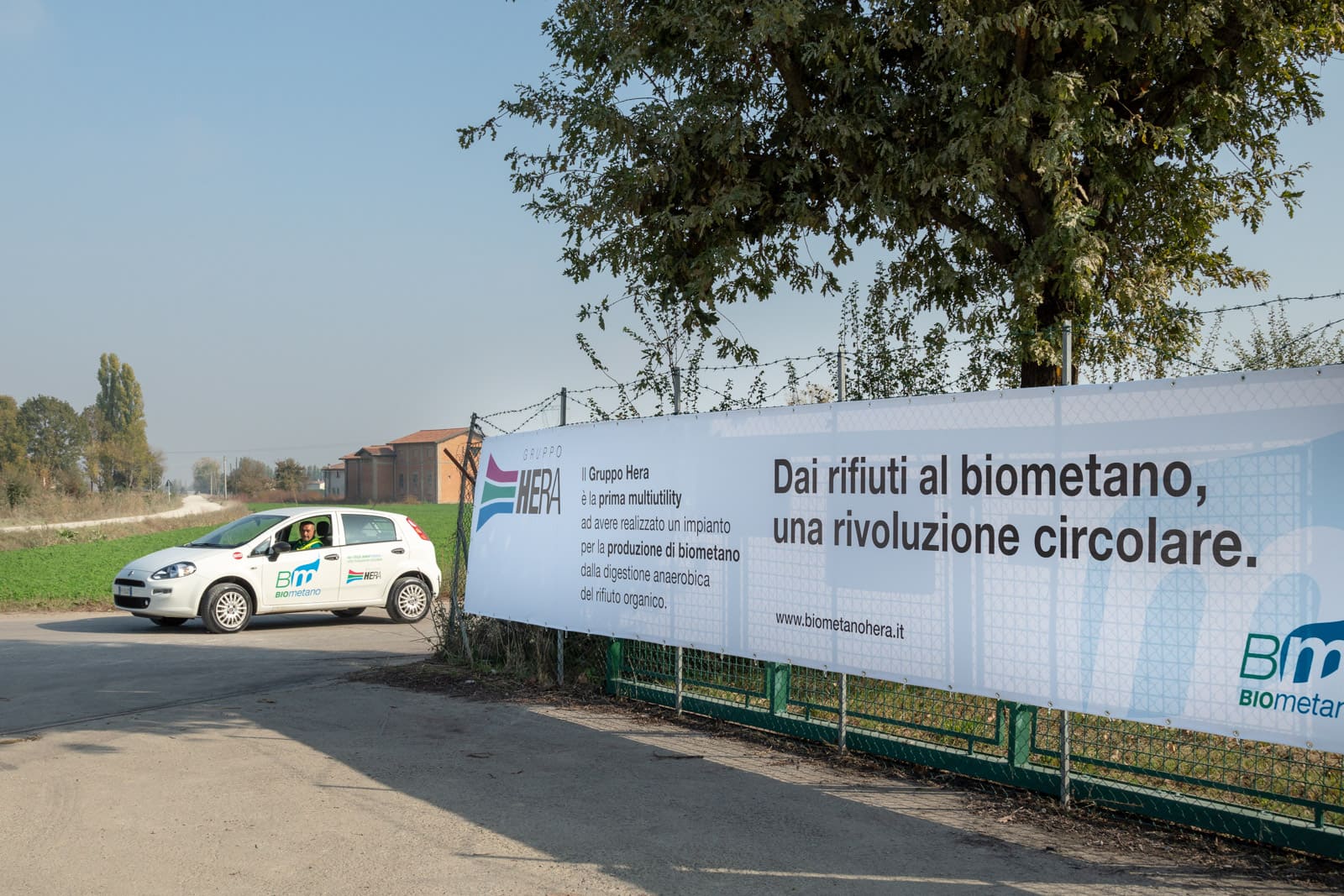
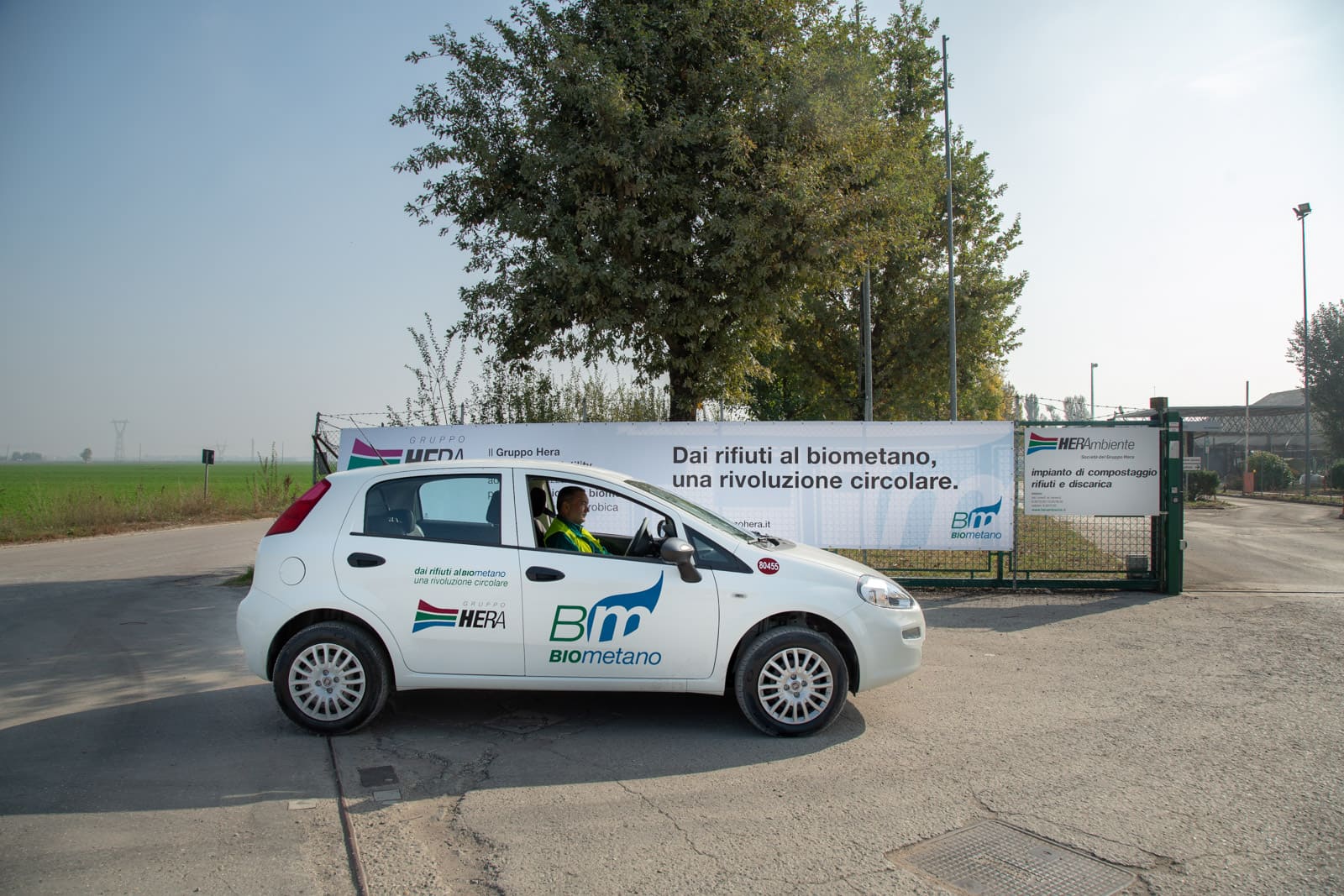
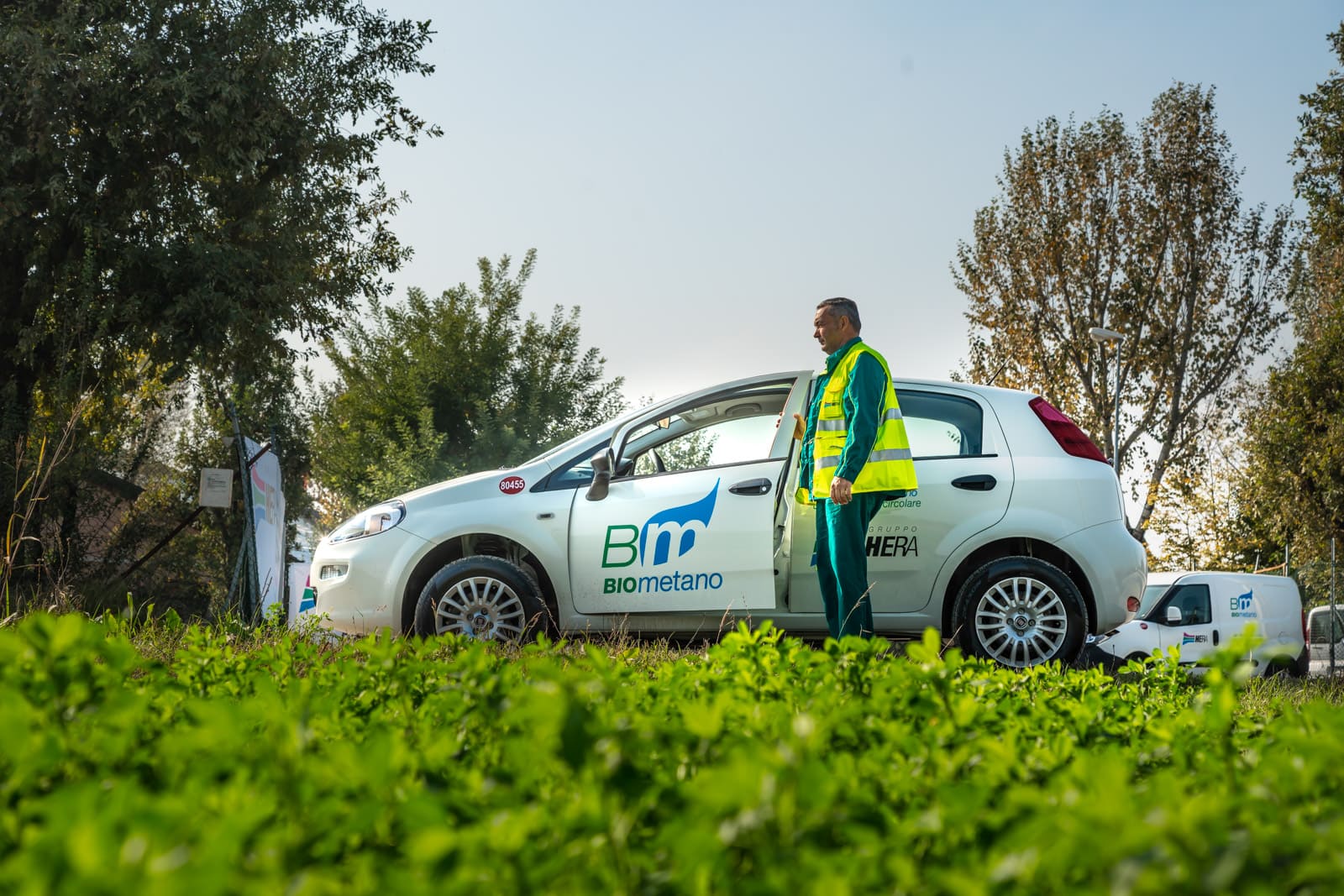



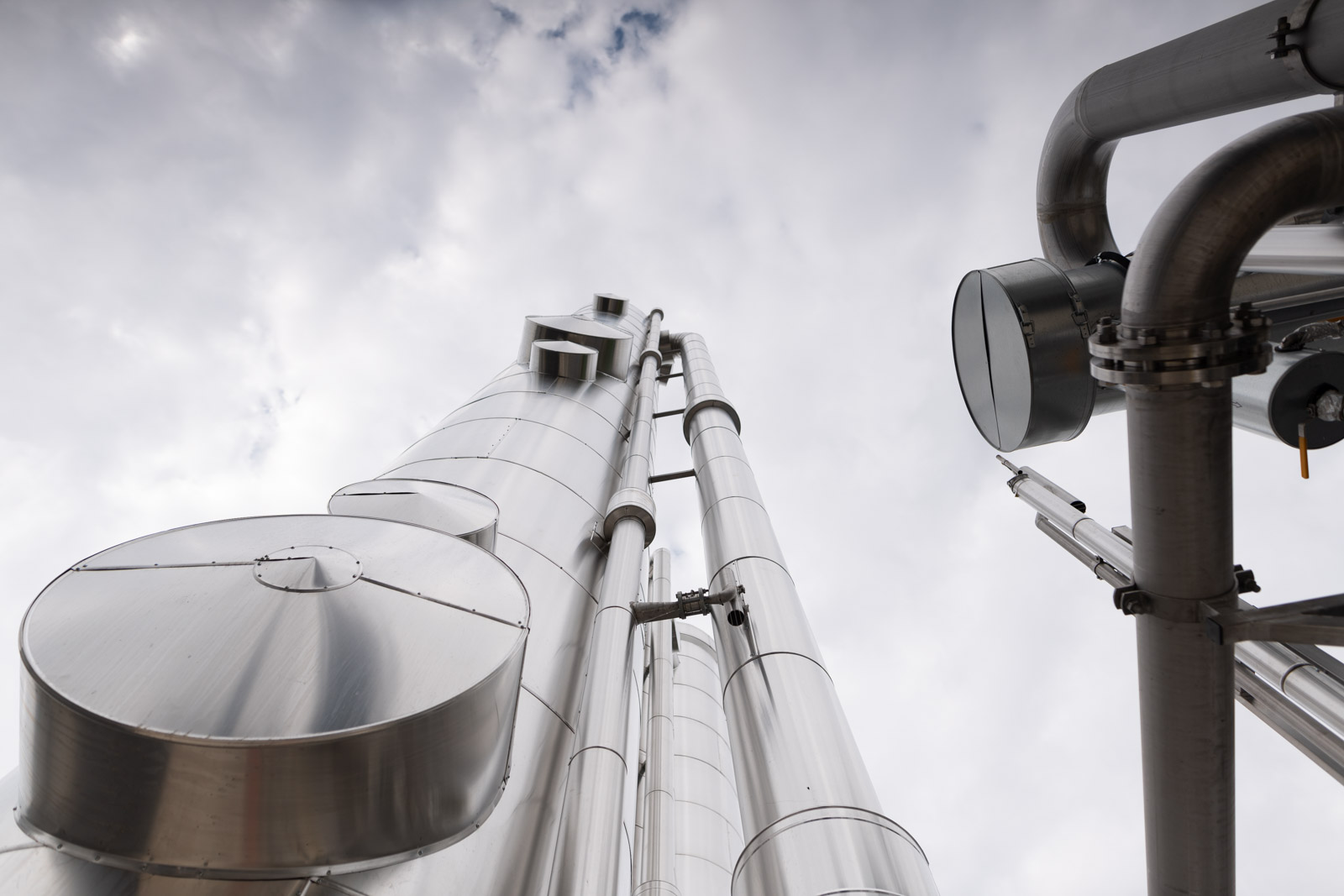
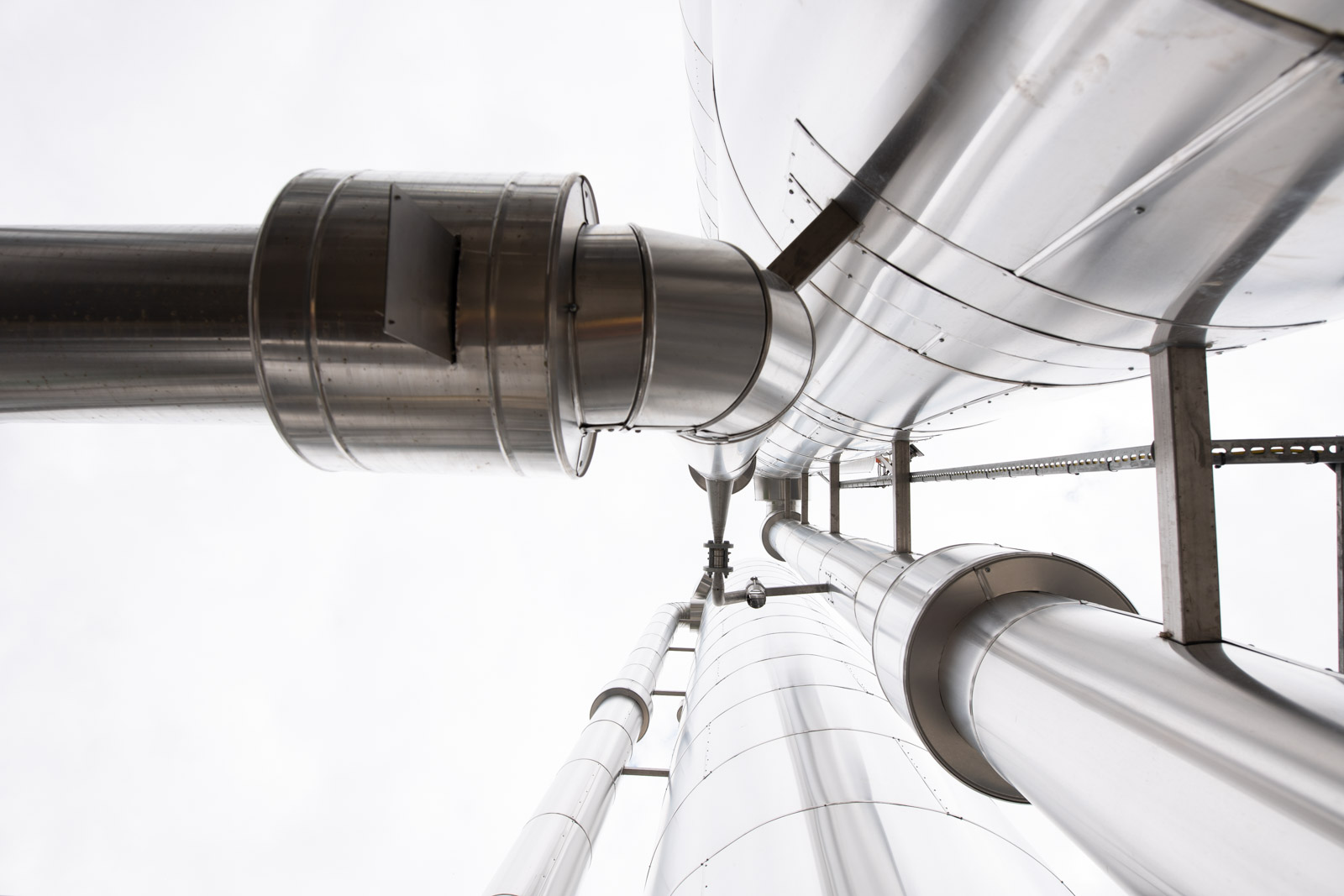
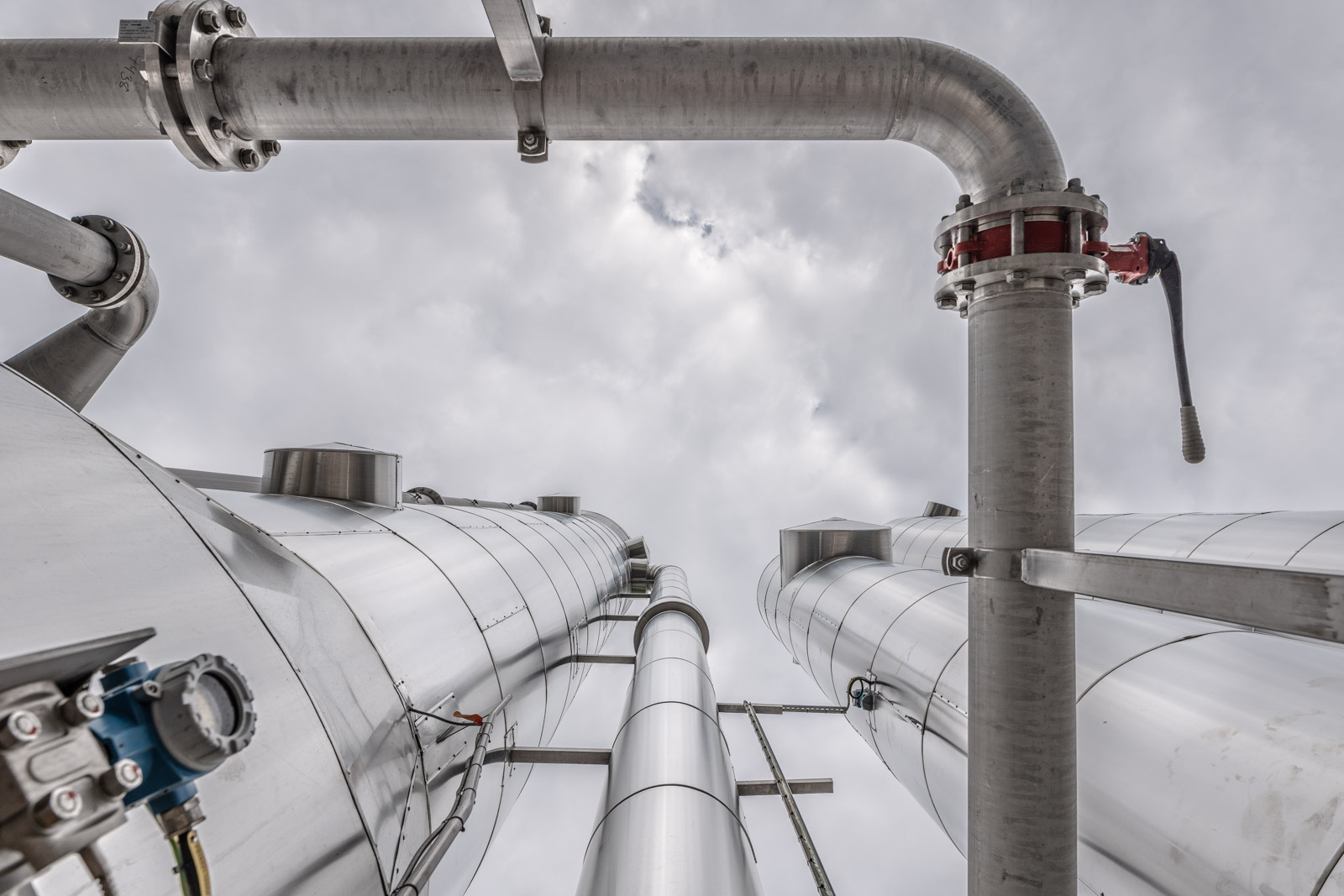
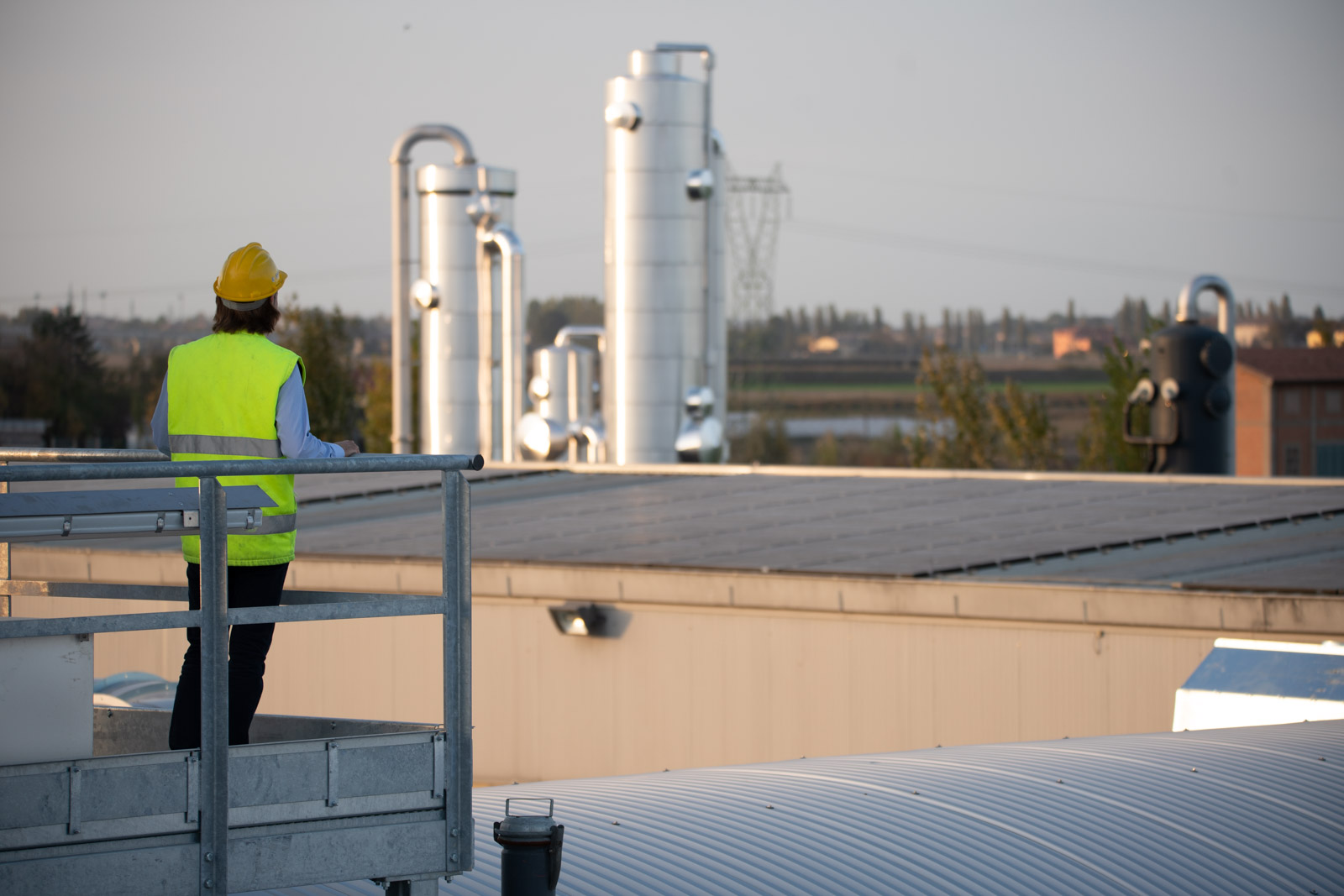


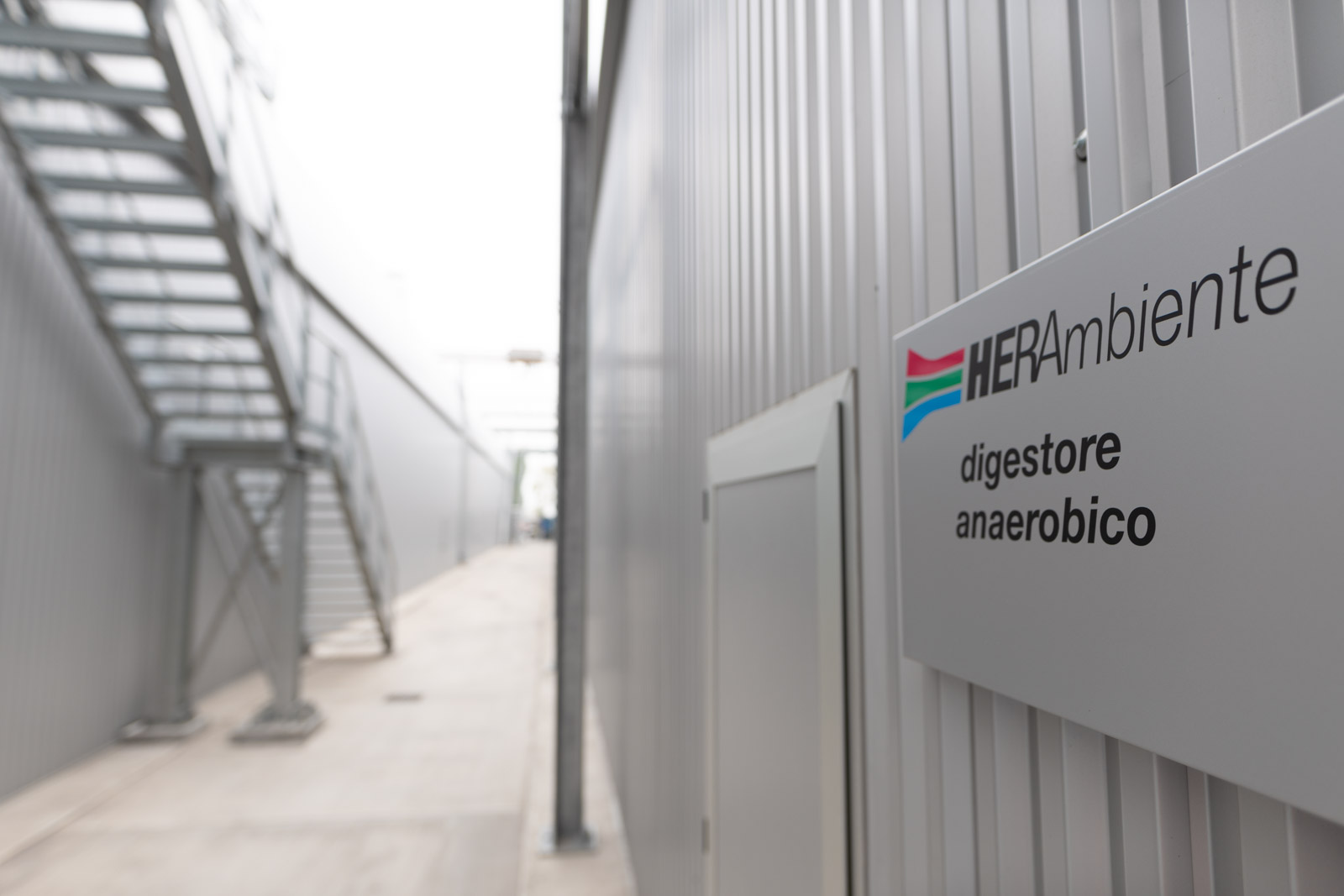
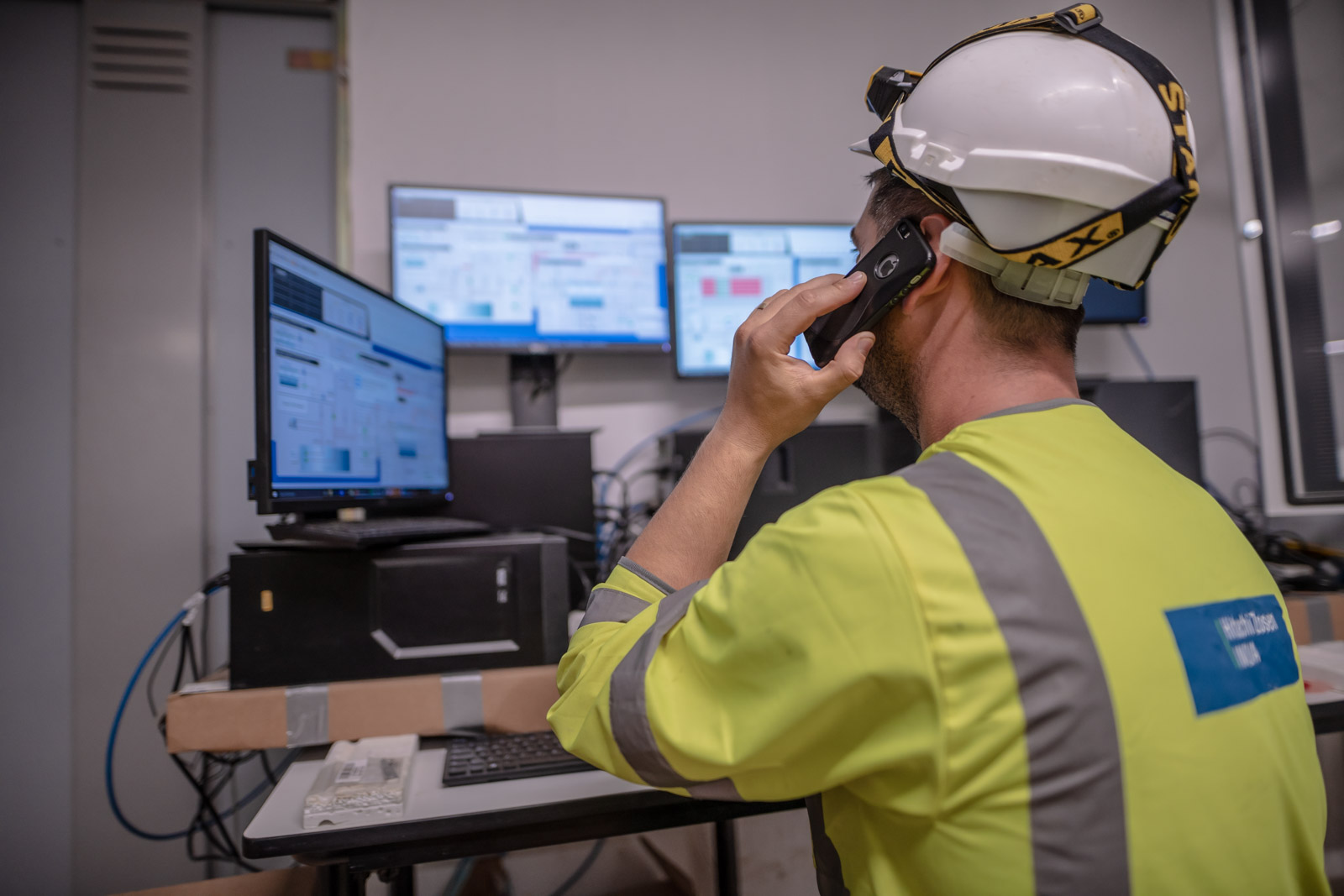
Search Bar
Search Results
Asset Publisher
Sentry meters, to detect water leaks in the network
The pilot project involving the installation of Kamstrup meters was carried out in Conselice, near Ravenna, and yielded excellent results. The tests now continue in Modena, covering a larger area
The Flow IQ® 2200 manufactured by Kamstrup, a well-established European supplier, is a sentry meter that can “listen” to the network thanks to a built-in hydrophone, i.e. a sensor designed to capture sounds and other acoustic signals underwater, which in this case is able to detect the noise associated with any water leaks.
By placing the meters at strategic points in the network, about 50 metres apart, it is possible to create a grid within which continuous monitoring can be carried out.
The meters transmit to a digital platform (called the LeakDetector) the minimum value of noise detected in 24 hours: if this is high, the meters will be highlighted with different alarm levels and analysis of the data will make it possible to identify whether it is indeed a water leak.
If a leak or break code is activated for a meter, the customer will be notified promptly by our technicians.
The meter testing phase started in May 2022 with the installation of more than 900 meters in the municipality of Conselice, where continuous monitoring of the water network began in September 2022 with real-time analysis of the leaks present, thereby allowing targeted intervention for repairs.
The results achieved at Conselice and the award of PNRR financing for the reduction of water leaks led to the extension between 2023 and 2024 of the installations of this advanced smart meter also in the provinces of Modena (1150) and Ferrara (1200).
A further 8300 installations will follow in 2025 with PNRR funding in the areas of Bologna, Ravenna, Forlì-Cesena and Rimini.
The Conselice pilot project: benefits noted
Reliability
The meters are extremely reliable, the leak and break indications that were verified were correct and no false positives were found.
Promptness
We intervened before customers called us: many leaks were repaired the day after they appeared, whereas previously some leaks would only have been detected following issue of a bill with an unusually high consumption figure.
Permanent monitoring
Compared to the installation of standard meters, the main difference is that with Flow IQ® 2200s, a permanent water leak monitoring system is put in place. Kamstrup meters are also smart meters and automatically send data to the portal.
Rapid localisation
If the meters are correctly positioned, field localisation is quick because the area to be investigated is confined.
Integration
The system interfaces seamlessly with other company monitoring tools.
Affordability
By correctly establishing the number of meters required, good network coverage is achieved without an unsustainable increase in costs.
Creating shared value report 2024


